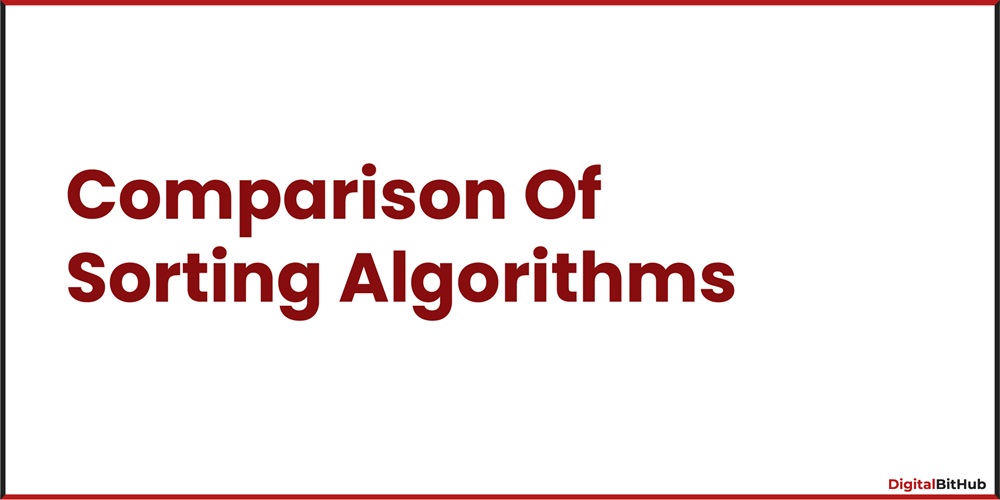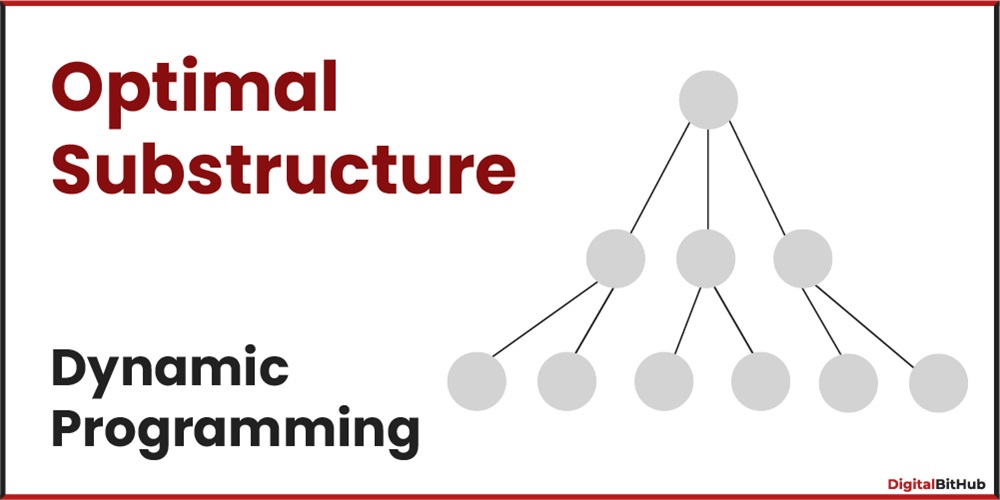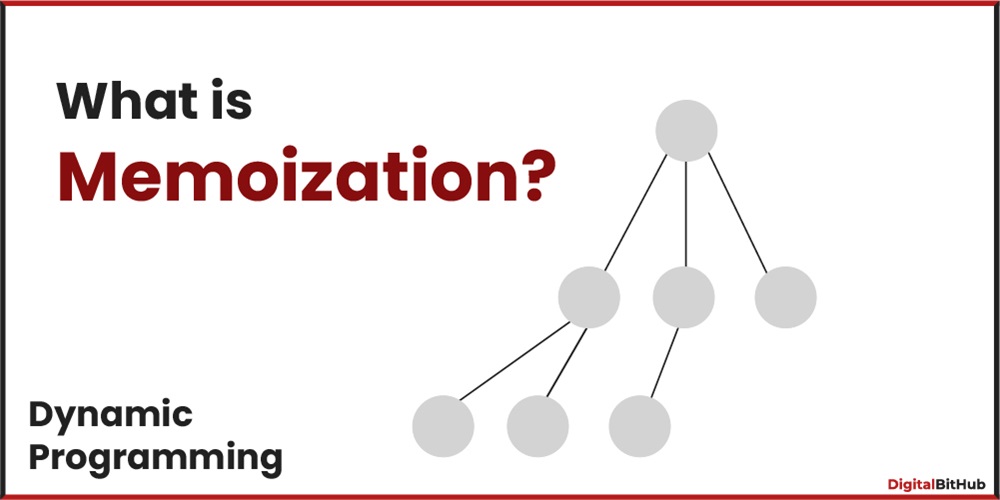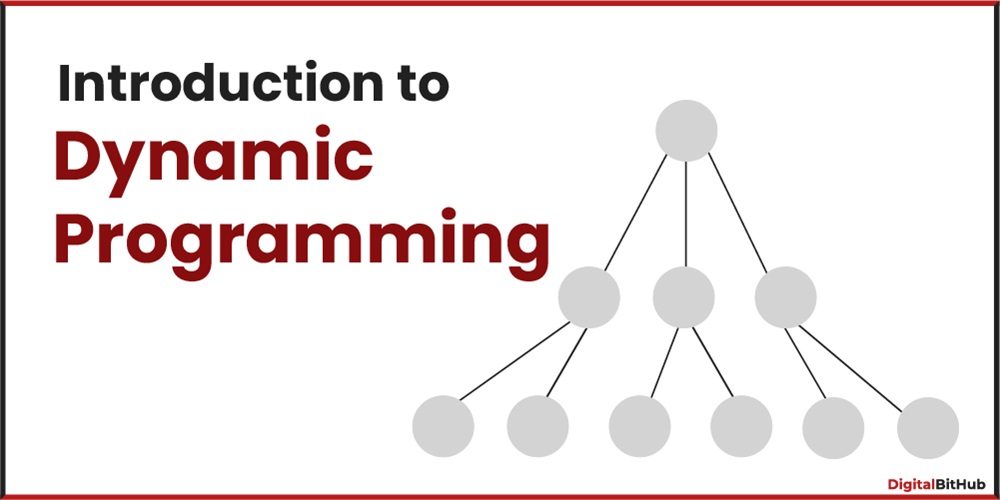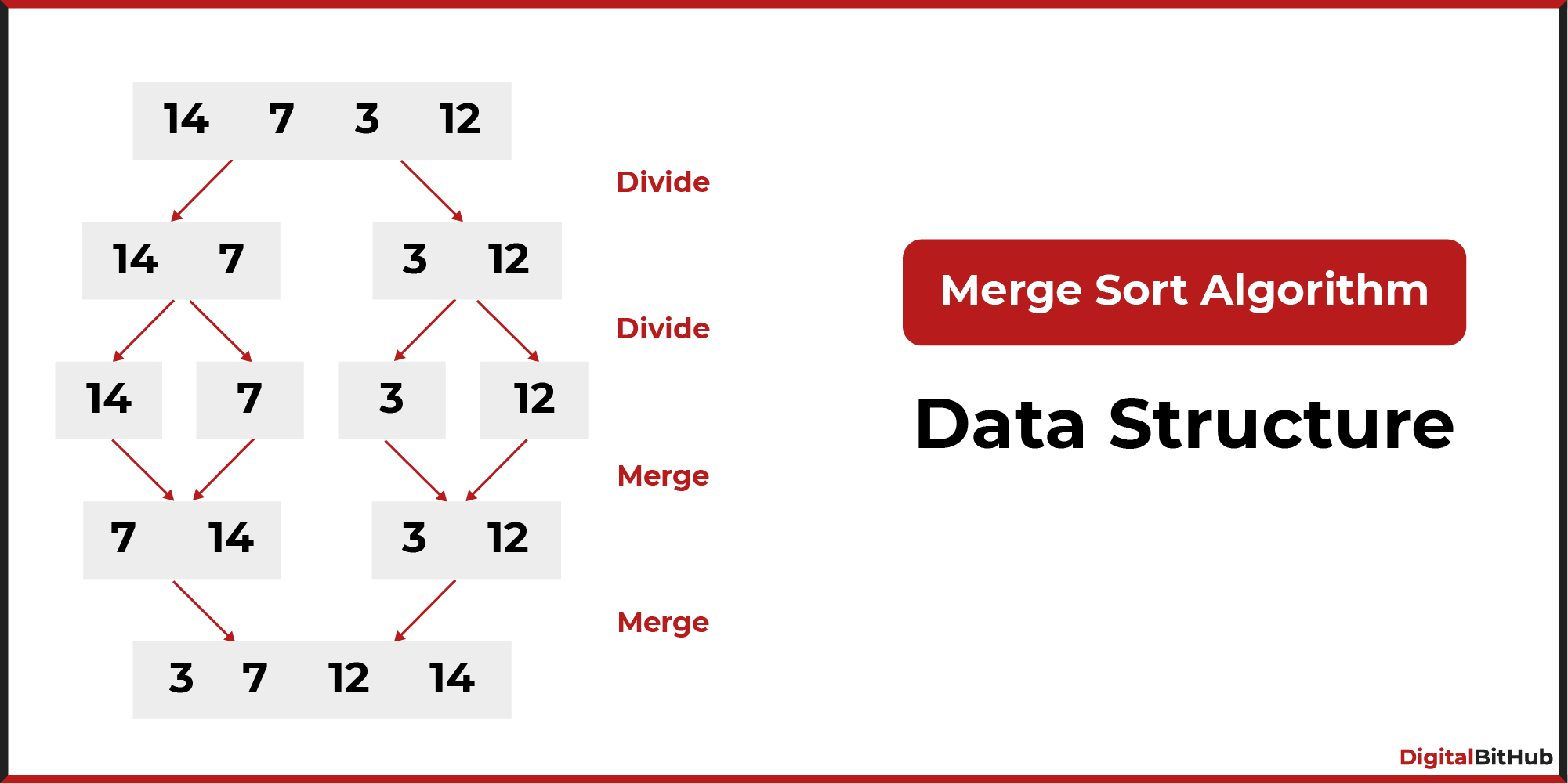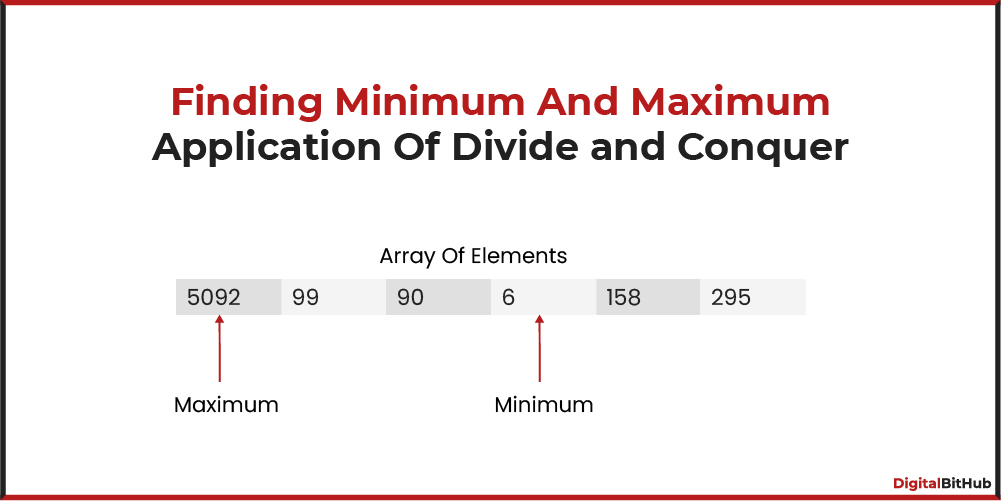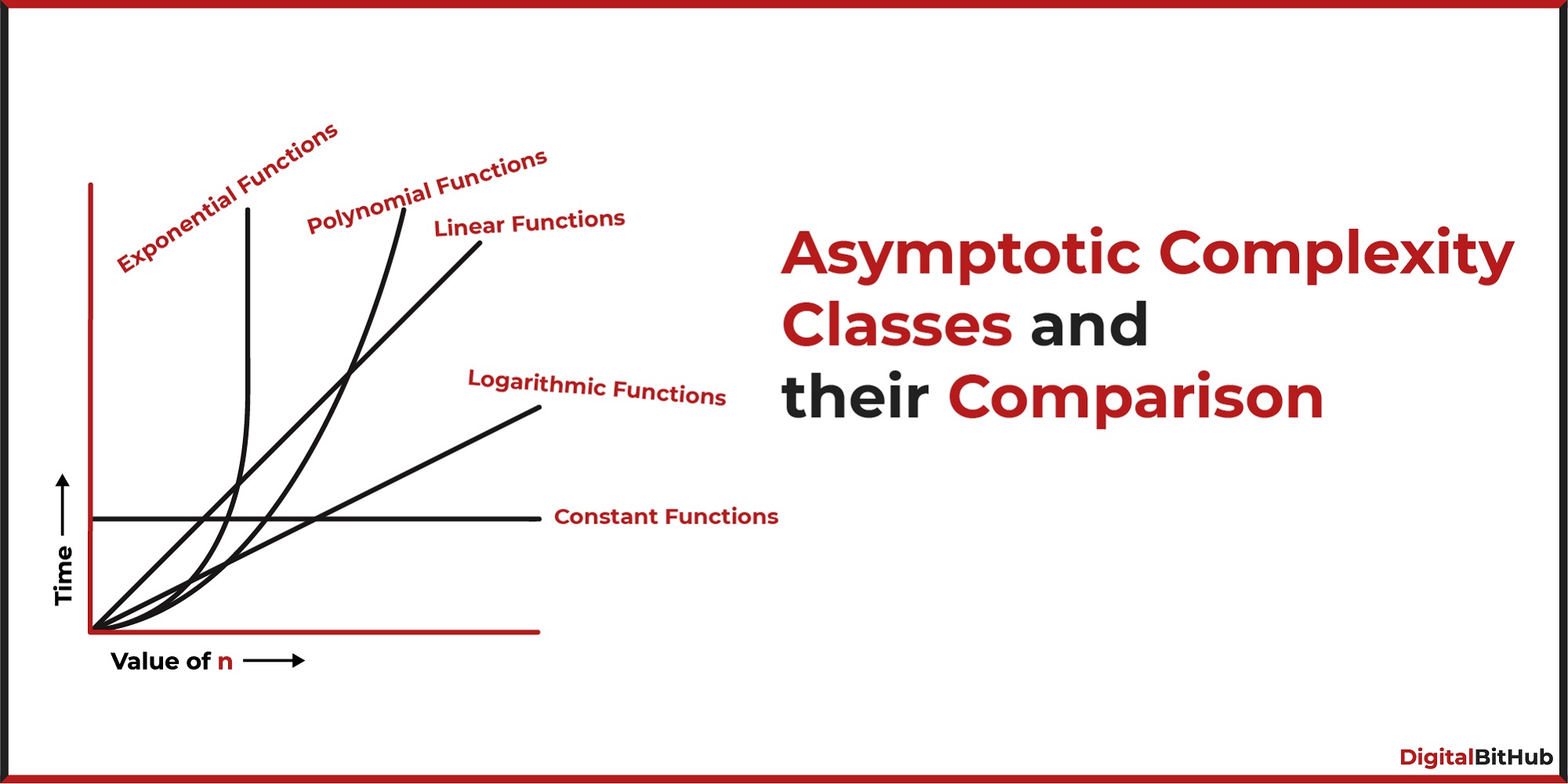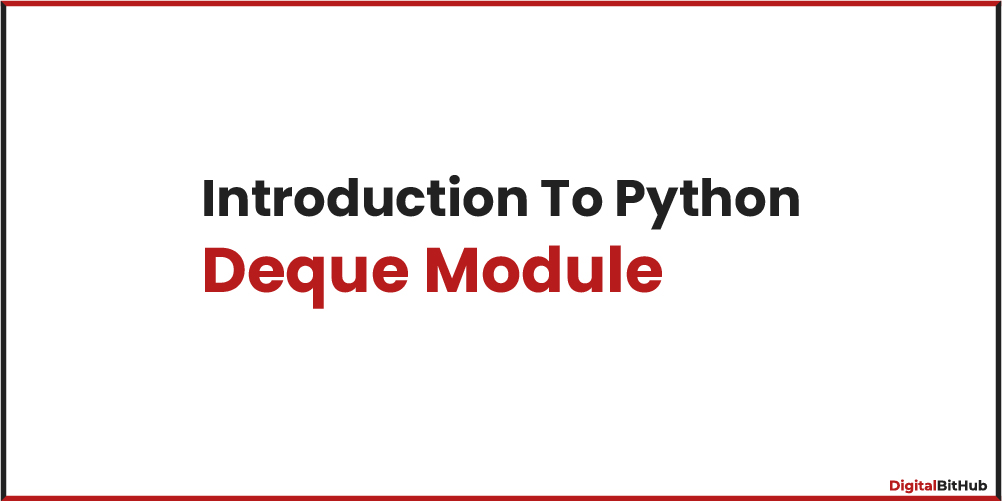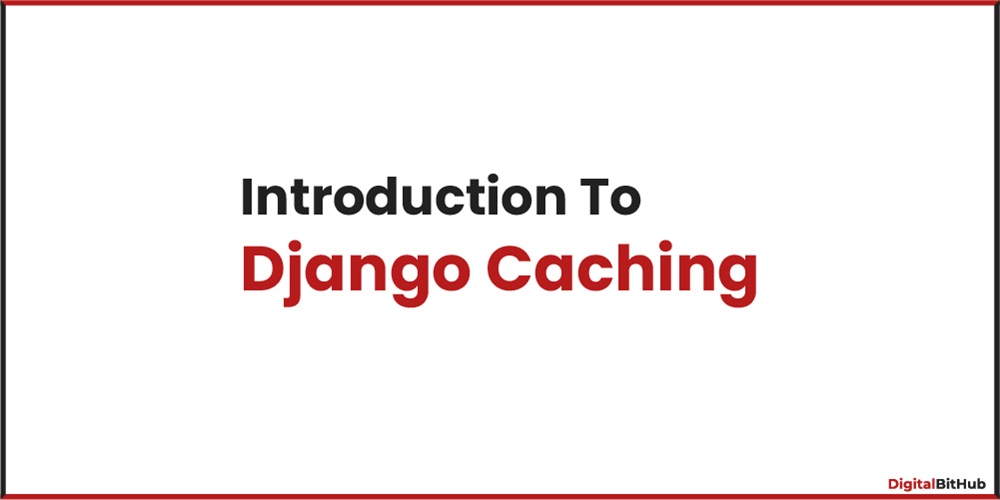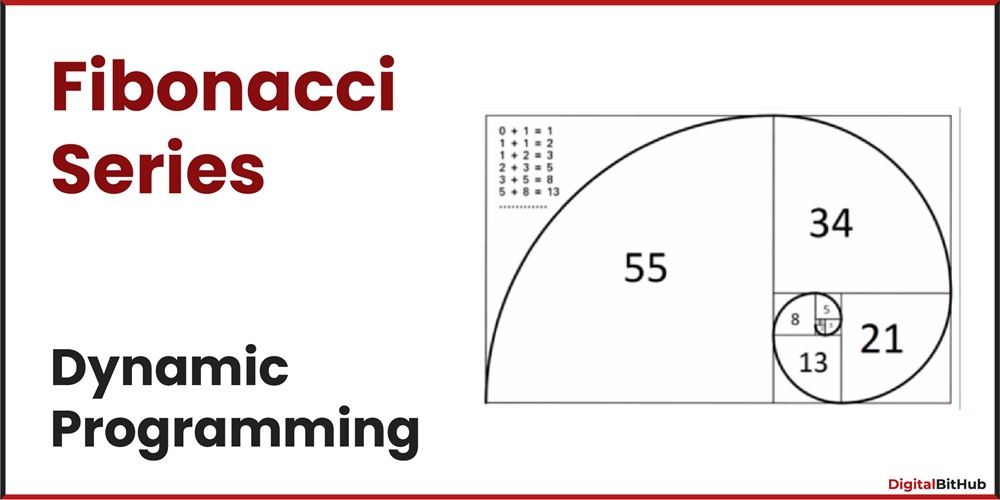As we journey through the fascinating world of Dynamic Programming, we've discovered the power of breaking down complex problems into smaller, more manageable parts in memoization. Now, let's start with another game-changing technique: Bottom-Up Dynamic Programming.
What is Bottom-Up Dynamic Programming?
Imagine you're building a tower of blocks. Instead of starting with the top block and figuring out how to support it, bottom-up DP starts with the bottom blocks and gradually constructs the entire tower. It's like solving simple problems first and using those solutions to build up to the more complex ones.
How Does Bottom-Up DP Work?
Let's dive into a classic problem to understand the concept better: Calculating Fibonacci Numbers.
Traditional Recursive Approach
def fibonacci_recursive(n):
if n <= 1:
return n
else:
return fibonacci_recursive(n-1) + fibonacci_recursive(n-2)
In the traditional recursive approach, we go down the rabbit hole of solving the same subproblems repeatedly, leading to redundant work.
Bottom-Up Dynamic Programming
Now, let's reimagine this with bottom-up DP:
def fibonacci_bottom_up(n):
if n <= 1:
return n
# Create a table to store solutions
table = [0] * (n + 1)
table[1] = 1
# Build up from the ground
for i in range(2, n + 1):
table[i] = table[i - 1] + table[i - 2]
return table[n]
Here's the breakdown:
- We start with the simplest cases:
fibonacci(0)andfibonacci(1). - Instead of diving into recursion, we create a table to store solutions to subproblems.
- We build up the solution from the ground, using the solutions of smaller subproblems to find the solution to the larger problem.
Why Bottom-Up?
Bottom-up DP is all about efficiency. It ensures that each subproblem is solved only once, and the solutions are reused when needed. This prevents redundant computations and optimizes the overall solution.
When to Use Bottom-Up DP?
Consider using bottom-up DP when redundancy is your enemy, and you want to streamline your solution. It's particularly effective for problems where the optimal solution to the big problem depends on the optimal solutions to its subproblems.
Let's Sum It Up
Bottom-up Dynamic Programming is like putting together a puzzle, starting from the corner pieces and gradually filling in the gaps. It's an approach that ensures you never redo work you've already completed.

